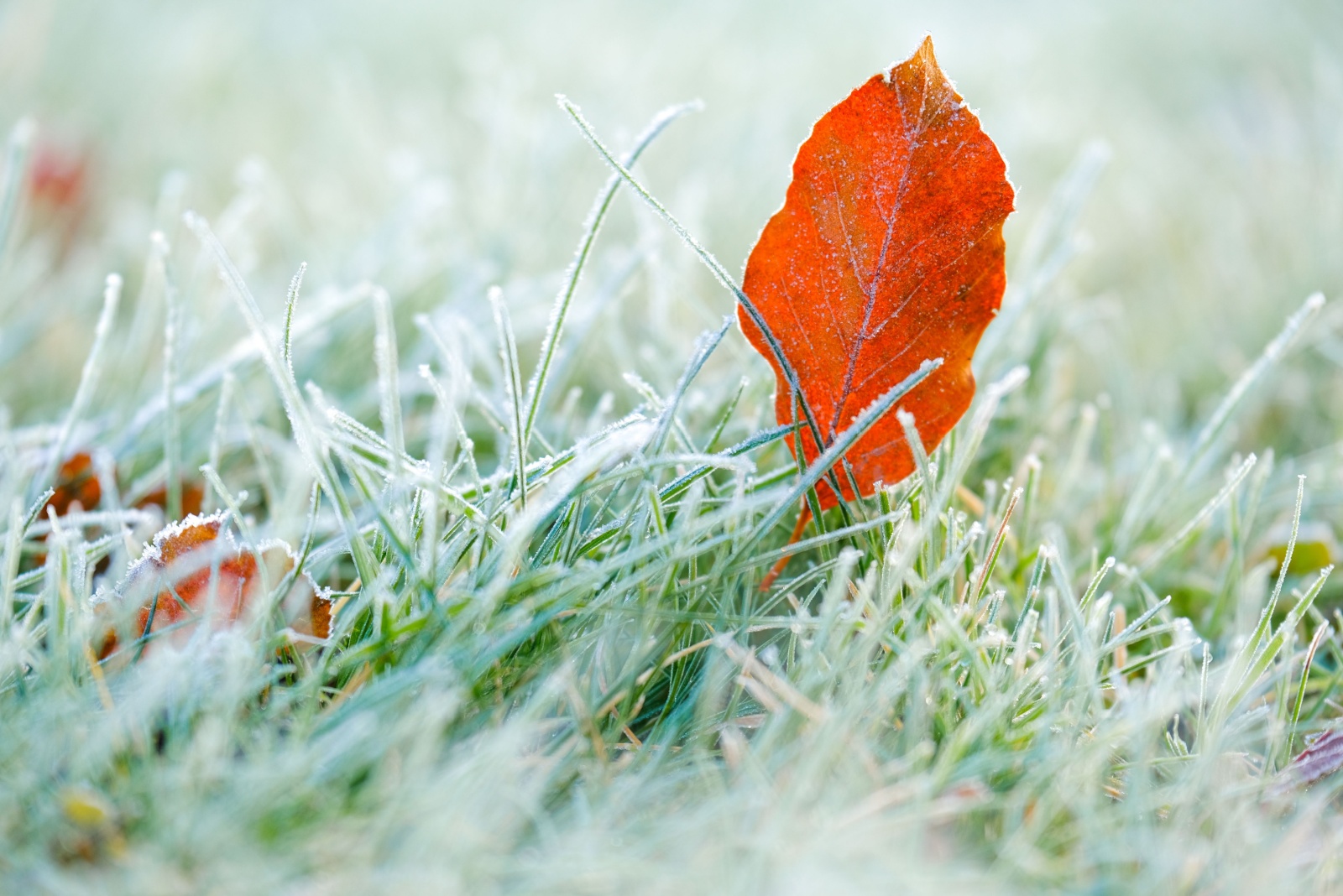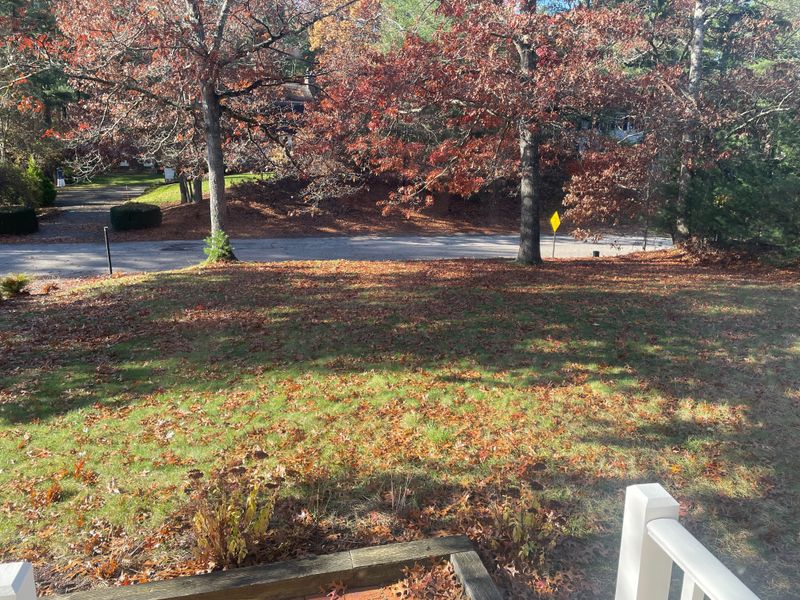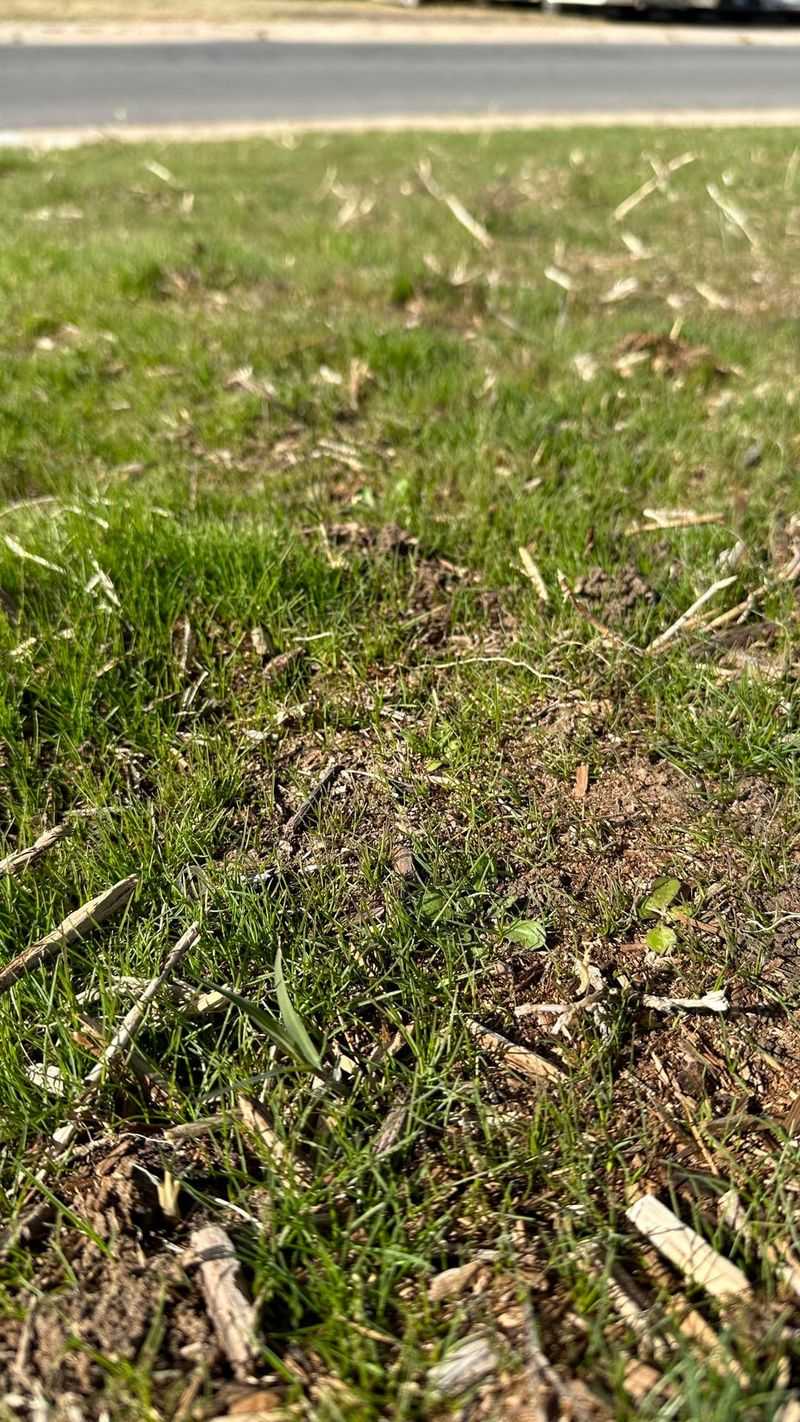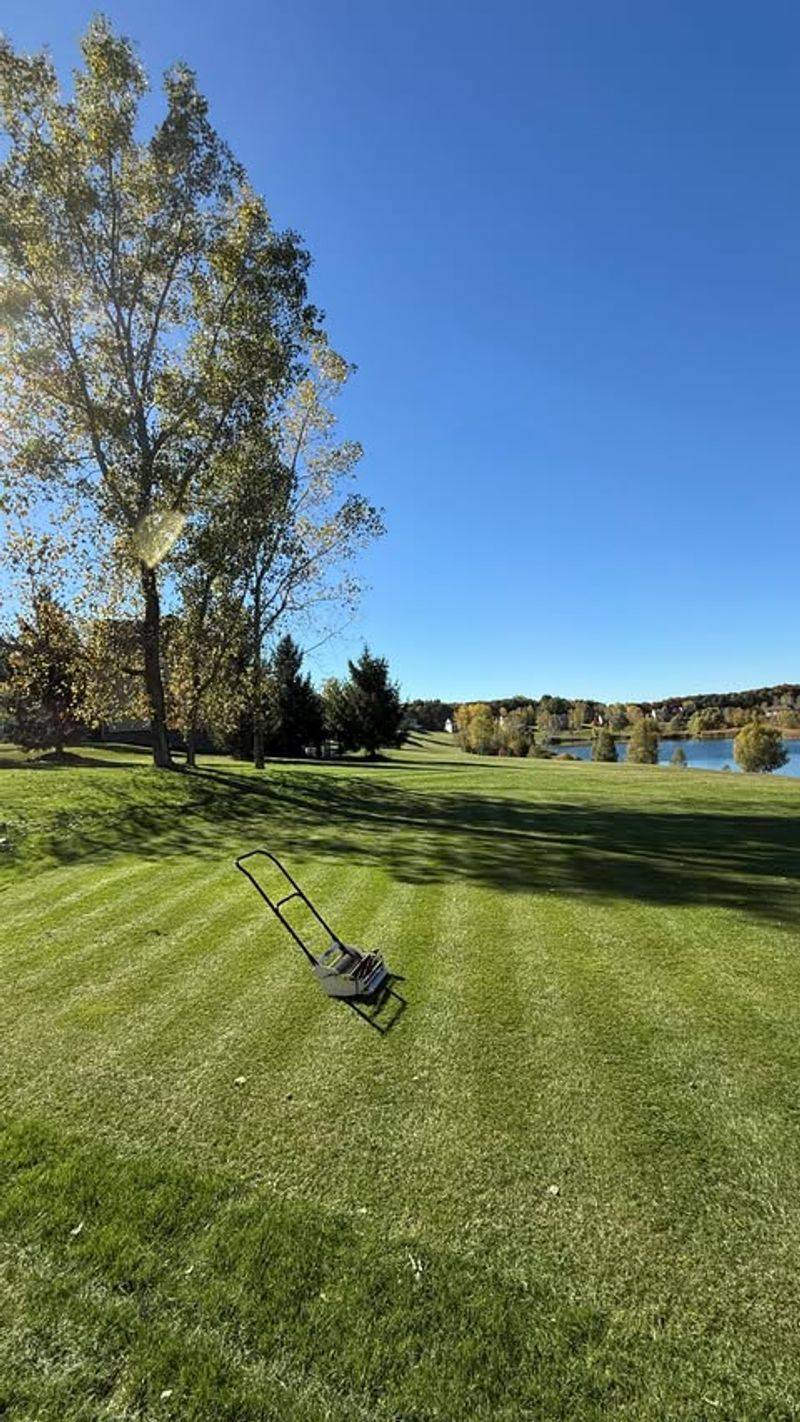When Michigan’s first frost rolls in, it’s more than just a hint of winter ahead. That chilly milestone sends a clear signal to your lawn—it’s time to settle in for the season. Giving your grass one last trim before it goes dormant helps prevent matting and disease.
It also sets the stage for a smoother, greener comeback in spring. I’ve seen lawns bounce back beautifully with just a well-timed final cut. It’s a small step now that makes a big difference later.
1. Grass Growth Slows Down Naturally
Once temperatures drop and frost touches down, grass in Michigan enters a slower growth phase. The cooler soil and air temperatures signal your lawn to conserve energy rather than push out new blades.
This natural slowdown means your grass won’t shoot up again after you mow, making it the ideal moment for that final trim. Cutting at this time ensures your lawn stays at a manageable height throughout winter without needing another pass with the mower.
2. Prevents Snow Mold From Taking Hold
Tall grass blades that get buried under snow create the perfect breeding ground for fungal problems. Snow mold thrives when grass stays too long and matted under heavy winter cover.
By mowing after the first frost, you reduce the risk of these fungal issues significantly. Michigan winters can dump plenty of snow, so keeping your grass at the right height protects it from moisture-related diseases that appear when spring finally arrives again.
3. Easier Cleanup Before Winter Arrives
Waiting until after frost makes yard cleanup simpler because leaves have mostly fallen by then. Your mower can chop up those leaves while trimming the grass, creating natural mulch that feeds the soil.
This two-in-one approach saves time and effort compared to raking and mowing separately. Michigan homeowners appreciate any shortcut that gets outdoor chores finished before winter weather makes yard work uncomfortable or impossible to tackle safely.
4. Optimal Grass Height Protects Roots
Cutting your lawn to about 2.5 to 3 inches after frost gives roots the best protection during freezing temperatures. Grass that’s too short exposes crowns to harsh cold, while overly long blades invite pests and disease.
This sweet spot allows enough blade length to produce energy through photosynthesis on sunny winter days. Michigan lawns benefit from this balanced approach, emerging healthier and greener when warmer weather returns in spring.
5. Reduces Pest Hideouts Over Winter
Rodents and insects love hiding in tall, unmowed grass during winter months. Voles especially enjoy burrowing through thick grass under snow cover, creating tunnels that harm root systems.
Mowing after frost eliminates these cozy hiding spots and discourages pests from settling into your yard. Michigan homeowners who take this step often notice less damage when snow melts, with fewer brown trails and patches caused by unwanted winter visitors seeking shelter.
6. Prepares Lawn For Spring Success
A well-timed final mow sets your lawn up for a strong comeback when temperatures warm. Grass that enters winter at the correct height bounces back faster, requiring less repair work and fewer treatments.
Michigan springs can be unpredictable, so giving your lawn this advantage matters. You’ll spend less time fixing bare spots and more time enjoying a thick, healthy yard that neighbors admire from the moment snow disappears.







